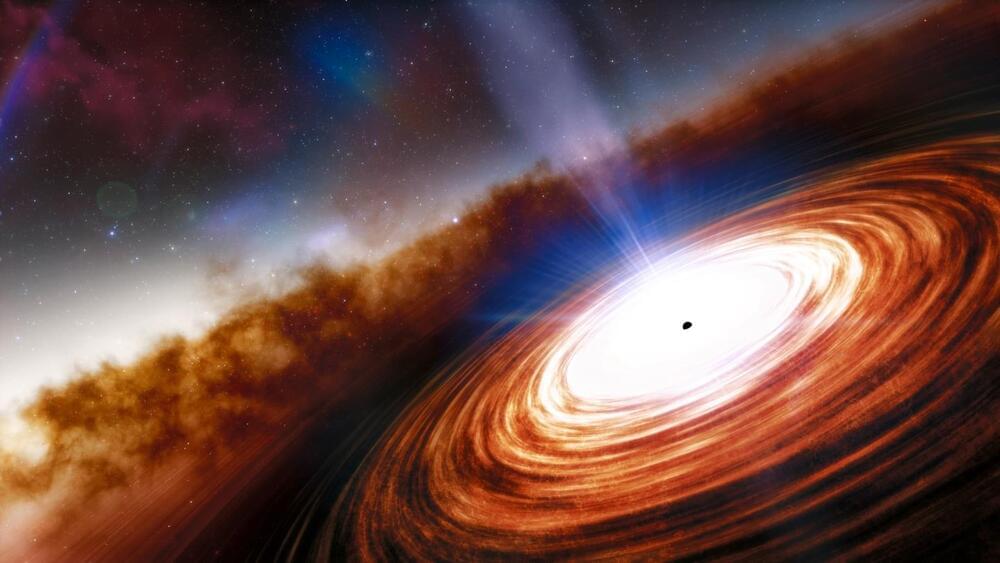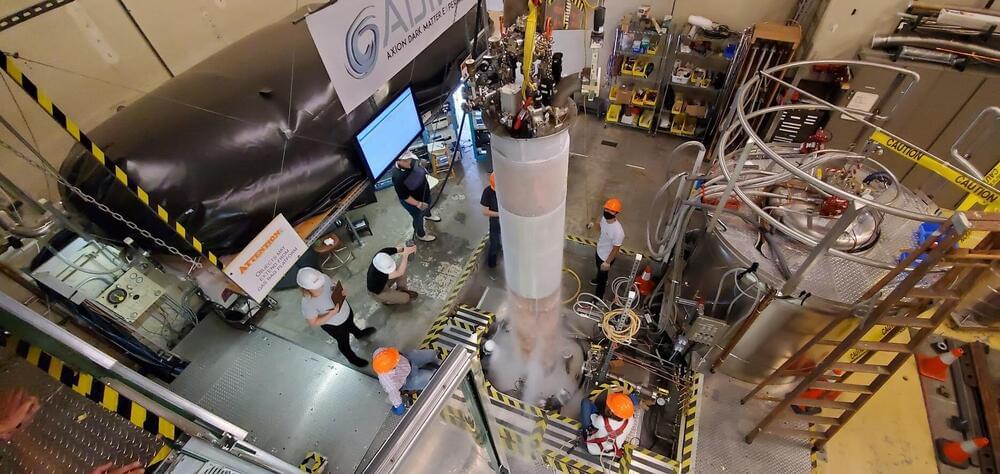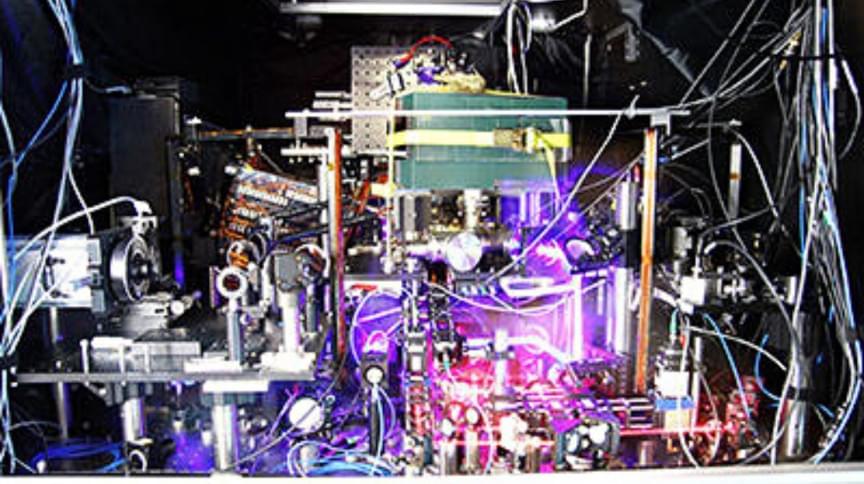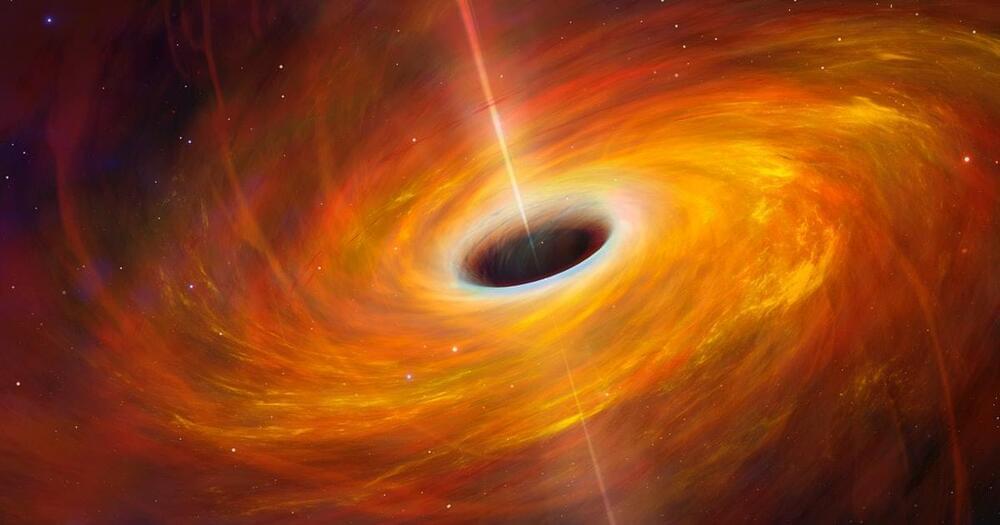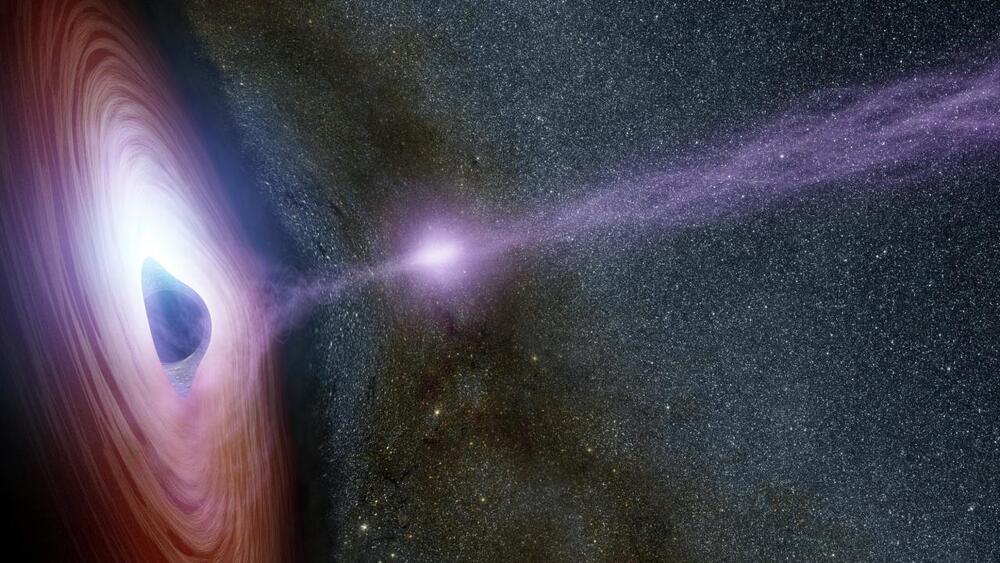The flow of time isn’t as consistent as we might think – gravity slows it down, so clocks on the surface of Earth tick slower than those in space. Now researchers have measured time passing at different speeds across just one millimeter, the smallest distance yet.
The idea that time would be affected by gravity was first proposed by Albert Einstein in 1915, as part of his theory of general relativity. Space and time are inextricably linked, and large masses warp the fabric of spacetime with their immense gravitational influence. This has the effect of making time pass more slowly closer to a large mass like a planet, star, or, in the most extreme example, a black hole. This phenomenon is known as time dilation.
Here on Earth, time dilation effectively means that time moves more quickly at higher elevations. So for instance, time passes faster on the summit of Mount Everest than at sea level, but it applies over smaller distances too – someone living in a 10th floor apartment will age faster than someone on the first floor, and your head ages faster than your feet.
